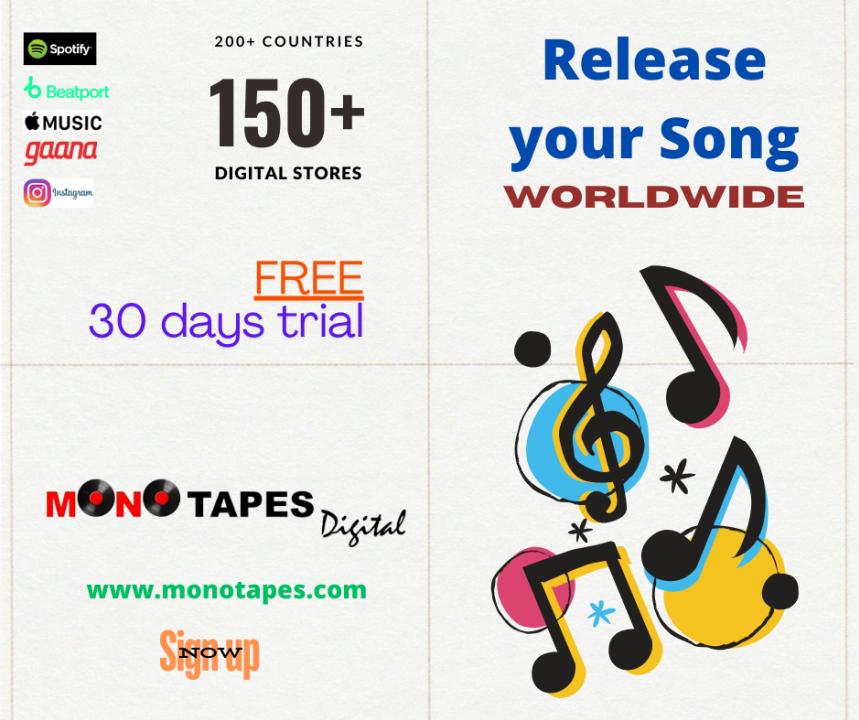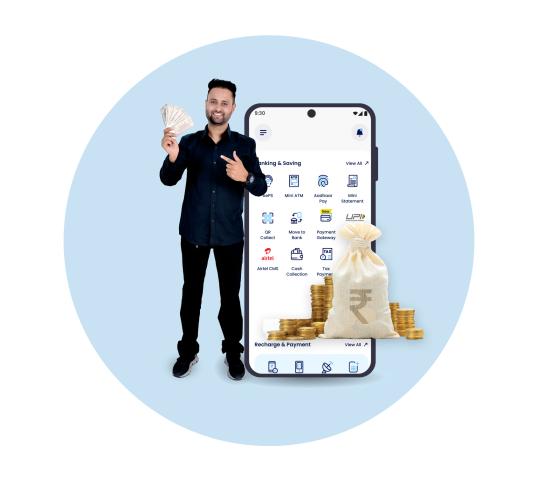In the music industry, the flow of revenue
is a complex web that intertwines various stakeholders, from artists to record
labels and distribution platforms. Understanding how this revenue is divided is
essential for artists seeking to navigate this intricate ecosystem and maximize
their earnings. This article breaks down how revenue is typically shared,
offering detailed insights into the financial dynamics at play.
The
Role of Artists in Revenue Generation
At the core of the music business
are the artists—singers, musicians, songwriters, and producers—who
create the content that drives the entire industry. Without their creative
contributions, there would be no songs, albums, or concerts to generate
revenue. Artists are entitled to various forms of income, including royalties
from album sales, streaming services, live performances, and merchandise
sales.
However, the share of revenue that
artists receive can vary widely depending on factors such as their contract
agreements with record labels, their level of independence, and their choice of
distribution platforms. In many traditional deals, artists often end up
with the smallest piece of the pie, with the majority of the revenue going to
other parties.
Royalties:
The Backbone of Artist Revenue
The most common way artists earn
money in the industry is through royalties. Royalties are payments made
to artists every time their music is sold, streamed, or broadcast. There are
various types of royalties, including:
- Mechanical Royalties:
Earned when an artist's work is reproduced, such as through physical album
sales or digital downloads.
- Performance Royalties:
Paid to artists and songwriters when their music is played publicly, such
as on radio or in a live venue.
- Streaming Royalties:
These royalties come from platforms like Spotify, Apple Music, and
YouTube. Artists are paid based on the number of streams their music
receives.
Despite the importance of royalties,
the percentage of income artists receive varies significantly, depending
on whether they are independent or signed to a label.
Record
Labels: The Gatekeepers of the Music Industry
Record labels play a significant role in shaping an artist’s career and
are central to the revenue-sharing model. Labels often provide the financial
backing needed for production, marketing, and distribution
of an artist's work, in exchange for a portion of the revenue generated. This
includes not only music sales but also merchandising, touring, and licensing.
Revenue
Splits Between Artists and Labels
When an artist signs a contract with
a record label, they typically agree to share a percentage of the revenue their
music generates. This percentage, often referred to as royalty rates,
varies based on the artist's contract. Here are some common arrangements:
- Traditional Deals:
In a typical deal, an artist might receive 10-20% of the revenue,
while the label keeps the remaining 80-90%. These numbers can
fluctuate based on the artist's bargaining power and marketability.
- 360 Deals:
These deals allow labels to claim a share of the artist's revenue from all
streams, not just music sales. This could include touring, merchandising,
and even endorsement deals.
- Independent Labels:
Artists who sign with smaller, independent labels often receive a larger
share of the revenue, sometimes up to 50% or more, depending on the
label's business model.
The revenue split largely depends on
the recoupable expenses—money that the label invests in the artist
upfront. These expenses could include studio time, marketing campaigns, and
promotional efforts. Until the label recoups these costs, the artist may
receive little to no royalty payments.
Distribution
Platforms: The Digital Middlemen
With the rise of streaming
platforms and digital downloads, distribution has evolved into a vital
aspect of how music is consumed. Distribution platforms like Spotify,
Apple Music, Tidal, and Amazon Music serve as the digital storefronts where
listeners can access and stream music. In return, they charge a fee for their
services and take a cut of the revenue generated.
How
Distribution Platforms Share Revenue
Most digital distribution platforms
operate on a pay-per-stream model. Here’s how it works:
- Revenue Generation:
Streaming platforms make money through subscription fees and advertising.
They then distribute a portion of that revenue to the rights holders
(artists, labels, and publishers) based on the number of streams a song or
album receives.
- Per-Stream Payouts:
On average, platforms like Spotify pay around $0.003 to $0.005 per
stream. This payout is divided among the rights holders. For an artist
signed to a label, this payout is first given to the label, which then
distributes the artist’s share according to their contract.
- Direct Distribution to Independent Artists: Some platforms, like Bandcamp and SoundCloud, allow
artists to upload their music directly, giving independent artists a
larger share of the revenue. For example, Bandcamp allows artists to keep 85-90%
of the revenue generated from sales, significantly more than traditional
streaming platforms.
Independent
Distribution Services
There are also third-party distribution
services such as TuneCore, Monotapes
Digital, CD Baby, and DistroKid that allow independent
artists to distribute their music to major streaming platforms. These services
typically charge a flat fee or a percentage of the revenue in exchange for
their distribution services. For example:
- TuneCore:
Charges artists an upfront fee to distribute their music but allows them
to keep 100% of their royalties.
- Monotapes Digital:
Offers 30 days’ free trial of unlimited music release with 100%
of royalties, where Monotapes Digital is the only platform to create own
label.
- CD Baby:
Takes a 9% cut of the revenue in exchange for distributing music to
major platforms.
- DistroKid:
Offers an annual subscription model with no additional fees per release,
allowing artists to retain all their royalties.
These services have empowered
independent artists by giving them more control over their music and a larger
share of the revenue.
The
Growing Importance of Licensing and Synchronization
In addition to traditional revenue
streams, licensing and synchronization deals are becoming an
increasingly important part of an artist’s income. Synchronization licenses
allow an artist's music to be used in TV shows, movies, commercials,
and video games. This can be highly lucrative, especially when a song
becomes associated with a popular media product.
Labels often handle these deals on
behalf of the artist and take a percentage of the revenue earned from such
deals. For independent artists, platforms like Songtradr and Musicbed
facilitate licensing opportunities, often allowing artists to retain the
majority of the revenue from synchronization deals.
Conclusion:
Navigating the Revenue Maze
The music industry’s revenue-sharing
model is intricate and often favors the established players—record labels and
distribution platforms. However, with the rise of digital platforms and independent
distribution services, artists now have more opportunities to take control of
their music and maximize their revenue. Understanding the different streams of
income—from royalties and merchandise sales to licensing deals—is serious for
any artist looking to build a sustainable career in the industry.














